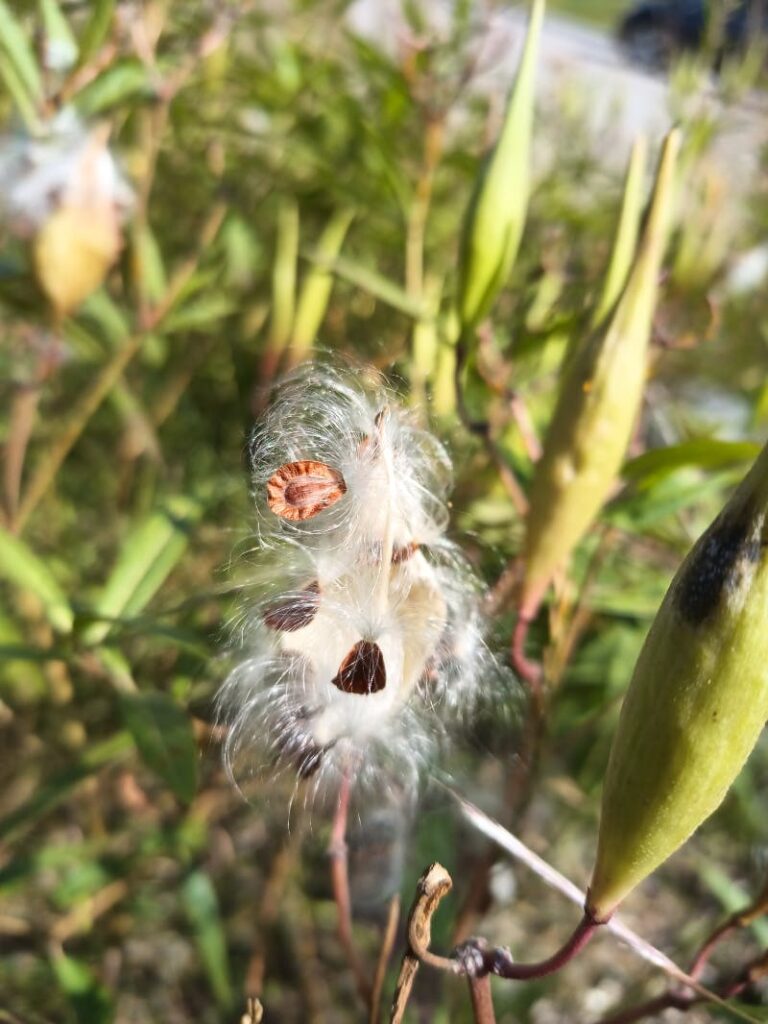Inside this edition of Natural Garden News
- What makes a garden
- If you want a Grounded garden…
- Native plants for challenging sites
- The virtuous cycle of joy
- New here? Start with these articles
- Today’s recommended reading
- Today’s VIP (Very Important Plant)
- The latest from Lucas House (lots of pictures!)
- From the socials
There are lots of super images in this newsletter – please allow your email software to see them!
I hope you enjoy the newsletter! If you have any questions or feedback, please reply to this email.
Simon Payn
Grounded
Email: hello@groundedgardens.ca
Web: groundedgardens.ca
Follow Grounded on the socials!
What makes a garden
When I was a very little boy, I learned a town had three things: a butcher, a baker and a candlestick maker.
Which, I guess, made sense – you’ve got to eat and it helps to see what you’re eating.
Later, I learned that towns had a fireman (always a man – it was the 70s), a policeman (again a man…), a teacher, a farmer and a mayor, who wore a big chain.
Implied but never stated was that without one of these, the town would be incomplete. The teacher needs to eat, the baker needs help if his oven catches fire, and the candlestick maker needs someone to catch the thief who stole his candles.
A town was a whole. It was made up of parts, but the whole was greater than the sum of them.
Since learning all about natural landscaping, I’ve realized a garden is a lot like a town. A garden is made up of plants but it’s the community of plants that is important.
A legacy of 19th and 20th Century gardening is that we’ve tended to see a landscape as a collection of individual plants rather than a community. We’ve talked about “my hydrangea” and “my rose” as if they were islands. Put them together and you can make an attractive garden. But it’s not necessarily a functioning community.
One thing we try to do in the natural gardening world is assemble an ecosystem of sorts. We have flowers that bring pollinators and plants that provide habitat or materials for nests. There are blooms from May to October so every insect has something to eat.
Together, the plants and the animals make a whole. Take one of these elements away and you still have a garden, but it doesn’t function as well.
So where does the human fit in? My hunch is that we’re nurturers who keep a habitat in balance. We help each plant be its best self so the whole landscape can be its best self.
We’re a keystone species like the beaver, making changes to the landscape and in doing so creating even more habitat for even more nature.
The butcher, the baker, the candlestick maker and the gardener. It doesn’t rhyme as well but it works better.
Simon
If you want a Grounded garden…
I’m now booking garden and shoreline installs for next spring.
If you’re interested in working with me, don’t wait until then. I use the summer to prepare your site and to work on plant lists and designs.
I’m happy to come out and look at your site for no charge and with no obligation. If we’re not a fit, we’ll depart as friends. Just click the button below.
To see some of my recent work, please look at this article.
|
|
|
|
Native plants for challenging sites
I often get asked to advise on native plants that are suitable for more challenging sites. Here are some ideas. Read more.
|
|
|
|
The virtuous cycle of joy
In case you missed it, here’s the advertorial I put in The Highlander last week about joy and natural gardens. Read more.
|

